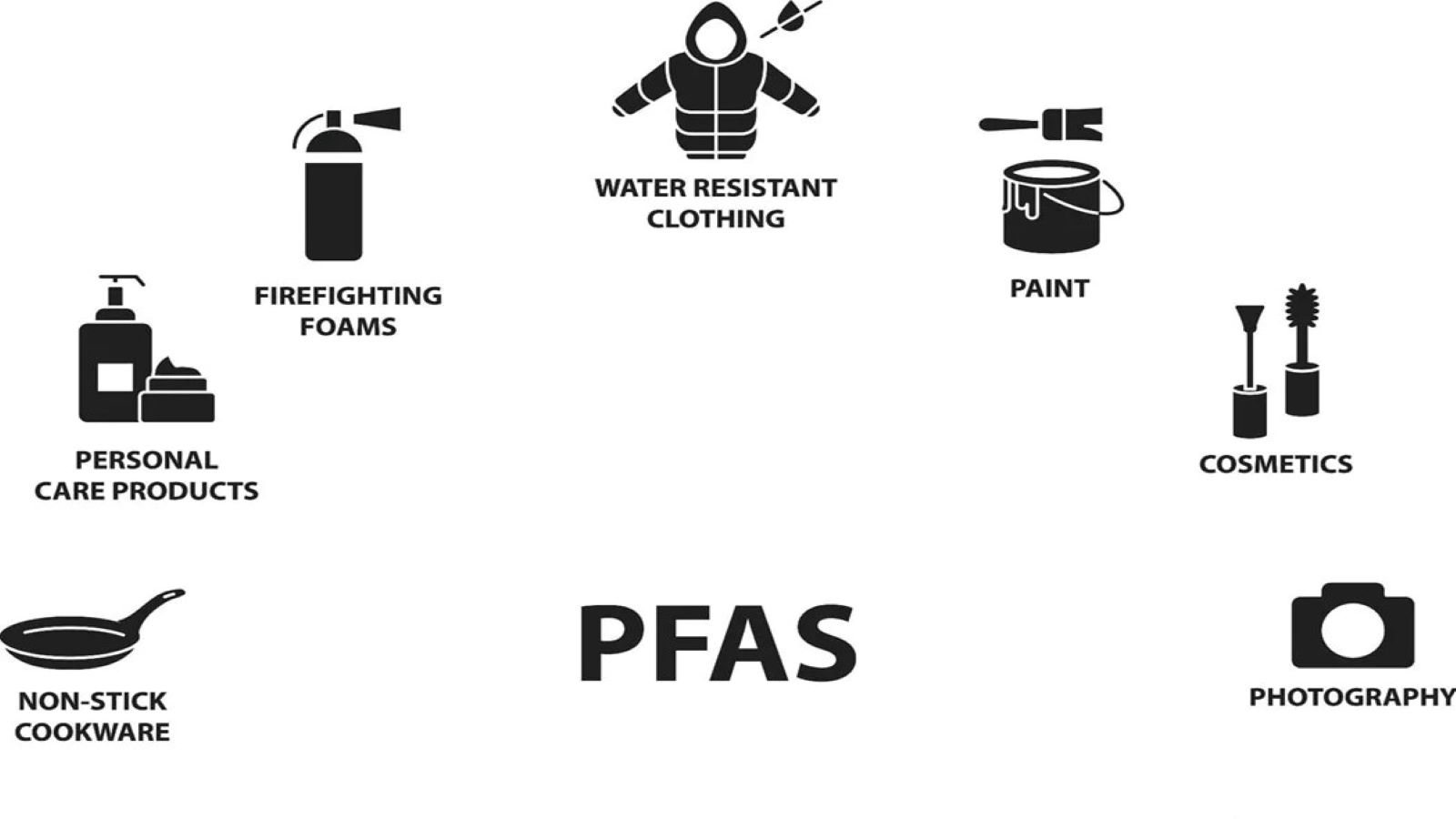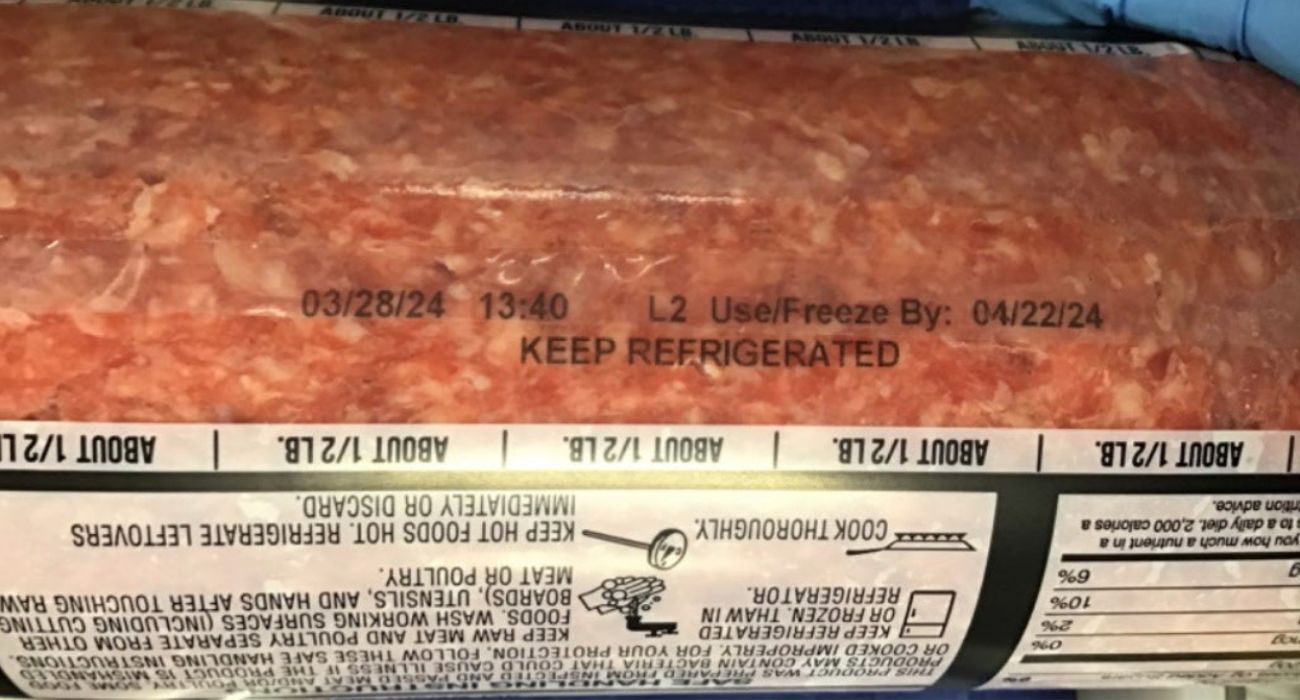A new study has found that eating just one serving of locally sourced freshwater fish each year could have the same effect as drinking water that is heavily polluted with substances known as “forever chemicals” for an entire month.
This level of contamination exceeds that recommended in the Environmental Protection Agency’s drinking water health advisories 2,400 times over.
The study, published Tuesday in Environmental Research, is the first to draw a connection between the consumption of U.S.-sourced fish and people’s blood levels of forever chemicals, or per- and polyfluoroalkyl substances (PFAS), as well as to compare PFAS levels in freshwater fish and commercial seafood.
These findings were the result of an evaluation of 501 fish samples collected across the U.S. from 2013 to 2015. Researchers looked for the presence of different types of PFAS in each sample.
Their research also discovered that self-caught freshwater fish are far more polluted than commercial catches.
The substances that are polluting the fish, PFAS, are the main components of various household, commercial, and industrial products, including jet fuel and certain food packaging. They are infamous for their persistence in both the environment and the human body.
PFAS have leached into drinking water supplies while also polluting irrigated crops and fish that live in local waterways for decades. Researchers initially identified contamination in catfish inhabiting the Tennessee River in 1979. Since then, fish consumption has been identified as a route of human exposure to PFAS.
“Food has always been kind of the hypothesis of how most people are exposed to PFAS compounds,” corresponding author David Andrews, a senior scientist at the Environmental Working Group, told The Hill.
Another interesting finding of the study was that the greatest contributor (74%) to the PFAS levels was a component that has long been phased out of manufacturing processes — PFOS. PFOS used to be the main ingredient in fabric protector Scotchgard and it is one of the thousands of variants of PFAS.
According to Andrews, a major takeaway from this study is that it “clearly indicates that for people who consume freshwater fish even very infrequently, it is likely a significant source of their exposure [to PFAS].”
“The extent that PFAS has contaminated fish is staggering,” first author Nadia Barbo, a graduate student at Duke University, said in a statement. “There should be a single health protective fish consumption advisory for freshwater fish across the country.”






